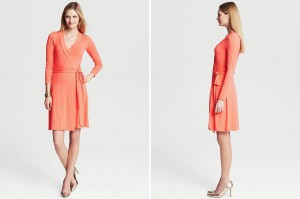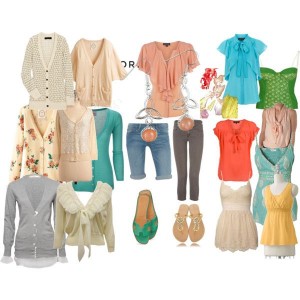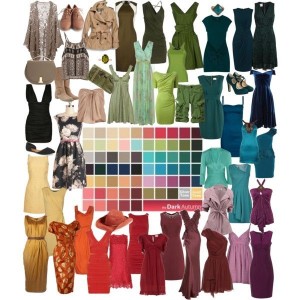For the past couple of months, David Kibbe has been posting “letters” to his Facebook page. I responded to the first one, and this latest missive is also one I found interesting.
Kibbe writes:
At this point, I’ve had the chance to get a handle on the “land of Kibbe” that’s all over the web. While I’m delighted, gratified, and thrilled at the vast landscape where my work has reached so many people….I have to honestly admit, at times I’m also horrified, and even heartbroken, at some of what’s misleading out there that’s contrary to my intent, and actually harming people that are genuinely looking for my philosophy of style help. The results being: a mass of incorrect analysis and misguided concepts of updated silhouettes, leading to wrong clothing choices.
I’ve spent a lot of time pondering what’s the difference between some of the current misconceptions on the internet, and the successes of the thousands of people who’ve either come to me personally or read my book before the internet existed.
Then it hit me: Two things have been cut out online……..My Vision……. Your Heart.
So if you’ll let me, I’d like to help correct what’s wrong. Think of this as a USER’S MANUAL to reinterpret from analogue to digital!
Anybody who has looked at Pinterest could tell you that there are a lot of misconceptions about how to interpret Kibbe’s guidelines to our contemporary understanding of fashion. I think the best thing to do for people who are new to Kibbe is to try to understand what he means by yourself. Don’t look at Pinterest for examples of Soft Classic. Google to see what the terms he uses mean, and learn from the text so that you can extrapolate that, say, line-breaking does not mean color-blocking.
I. REVAMPING THE WAY YOU USE MY BOOK.
A. You’ve got to take the journey yourself. Your Metamorphosis is a personal journey that has to start from the heart—-YOUR heart. Take the tests yourself; identify with the descriptions yourself; decide for yourself. If you’ve let someone else do it for you, go back again and do it yourself. Your metamorphosis is designed to be a journey, not just the destination. If you forsake the journey and skip to the destination, even if they guess it “right”——, you may reach a destination— but it won’t be your destiny.
This is something I believe wholeheartedly. It’s why I’m working on a DIY workbook, instead of offering typing services or something of that nature. I run a Kibbe Facebook group, so obviously I’m not opposed to groups, but I have considered banning typing from that group (although I would never actually do it, since it’s what the people want). While I’ve learned a lot from the women in the community–I had so many ideas that were wrong!–I definitely feel that my journey has mostly been a solo one, one that has taken place offline for the most part. Suggestions for my type mainly showed me how wrong these types were for me. When I go to Flamboyant Gamine basically on my own (with some encouragement, especially from the wonderful women in the FG group on Facebook), it truly felt like reaching something, and no one else could ever tell me that I was something different. I knew it in my bones.
The best use of groups, I think, is a central place for gathering knowledge, for support, for encouragement. While I used to enjoy the parlor game, I now try, as much as possible, to ask someone how they feel in this type. What is their experience of living in this look?
B. Don’t give up your power. Your analysis should not be a group consensus. The most effective use of the groups is to support and encourage each other’s journey. “Too many cooks spoil the broth,”and ruin the recipe! When the groups or individuals decide and/or vote on what you are—- a delicate souffle can turn to mush!! Guessing is great….fun, and encouraged…voting, deciding and especially, critiquing…NOT.
Yes! There is nothing that pains me more than when I see a woman who is in a type that is clearly wrong for her, but she sticks to it because other people told her so, or, even worse, was “verified” by some person offering services based on Kibbe. Someone who has declared themselves to be an expert told you so, therefore, your own instincts must be incorrect. Funnily enough, these people often tend to dress in the correct type anyway, and just call it the type they were determined to be by a third party.
These style systems are all about you finding something that works for your wardrobe and your life. Sometimes, someone else’s opinion can be helpful, and lead to a revelation. But other times, it can lead you in the wrong direction entirely.
————————————————————————————————–
Know your type in several systems but having trouble putting it all together? My workbook can help.


